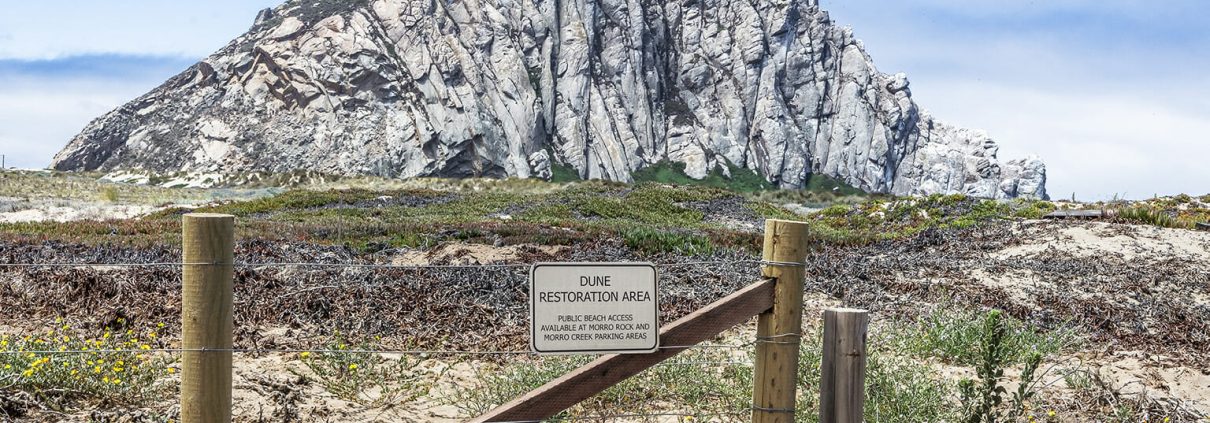At OST, we have a recurring discussion about the need to elevate human dimensions within California’s ocean and coastal research and policies. This need for more social science keeps bubbling up across multiple topics: it was a key recommendation from our new marine protected area reports, a theme in our virtual kelp loss briefing, and emerged as a major barrier to addressing inequities along California’s coast in a recent rapid assessment.
That is why OST is thrilled to launch a new project explicitly looking at the human dimensions of nature-based solutions. More specifically, this project will provide science-based guidance intended to improve the equity impacts of living shorelines.
Living shorelines are “green infrastructure” used for coastal adaptation and deployed in areas to reduce erosion while providing habitat and a range of other resilience benefits. Living shorelines in our state include oyster reefs, eelgrass beds, dune ecosystems, beaches, marshes, and more. In the right conditions, nature-based adaptation like this can provide many benefits to both nature and people, such as protection from storm surges or improving water quality.
However, we also know that, despite being on the frontlines of climate change impacts, low income communities and communities of color have limited access to the benefits provided by nature-based adaptation such as open space, erosion control, improved water quality, and other ecosystem services. And yet, for example, publicly-funded stream restoration projects on California’s Central Coast are located overwhelmingly in communities that are wealthier, less diverse, and more educated.1
With funding from the Honda Marine Science Foundation, we will convene experts from social sciences, equity or community-based nonprofits and more to provide guidance to funders and permitters of living shorelines in CA, with the ultimate goal to improve the equity impacts of living shoreline implementation. For more information, please visit the Making Living Shorelines Equitable project page for updates.




